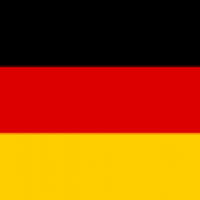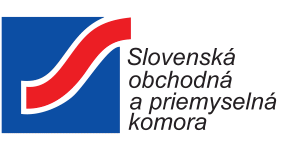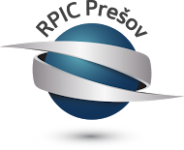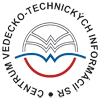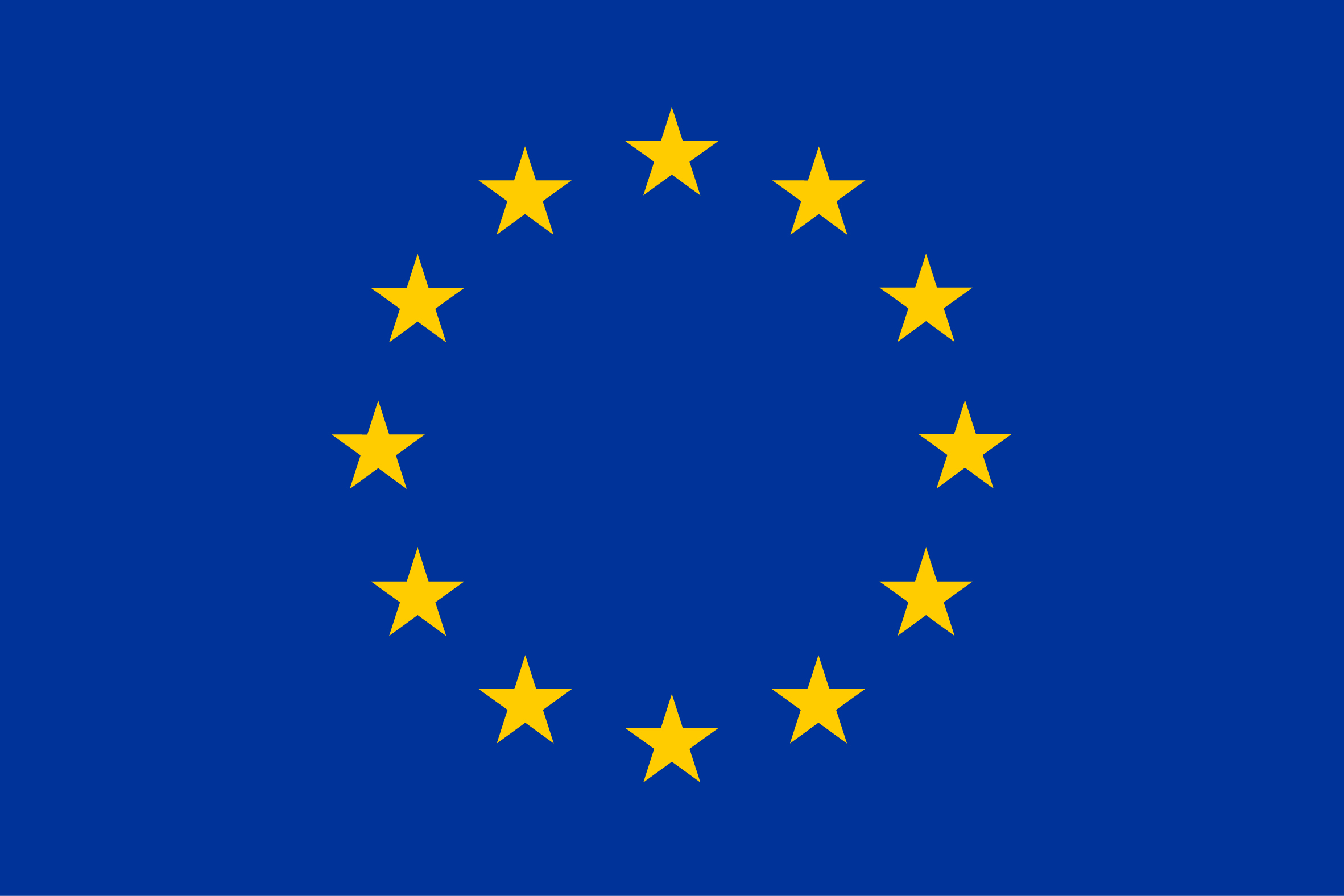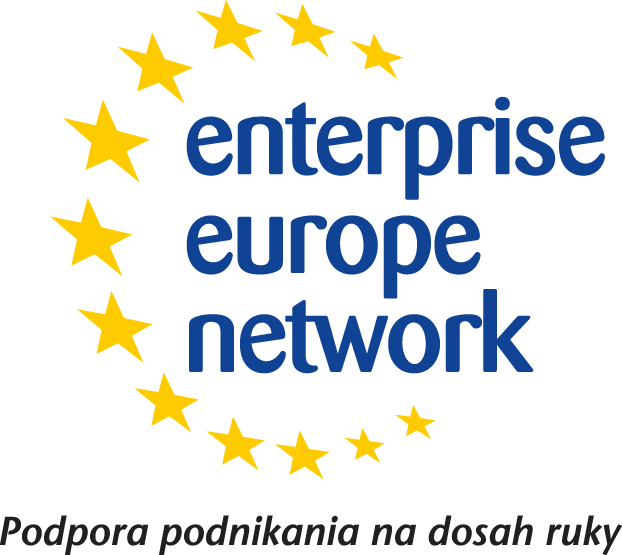Summary:
A German university has developed an adaptive LCD-based optical filter for improving the performance of optical wireless communication systems by effective interference suppression, light equalization, and light angle determination. License agreements (or transfer of rights) and research cooperation agreements are offered to industrial partners from sensor and display technology sector.
Description:
Due to the technical maturity and wide availability of LED lighting, there is a growing demand for optical wireless communication (OWC) or visible light communication (VLC) systems. Concerning the transmission of data, the most persistent problems still are the interference between different light sources, failure of software-based equalizers to remove such (strong) interference, noise caused by ambient light, and the varying intensity of artificial light sources and the associated suboptimal use of the dynamic range of receivers.
A research group at a German university has developed an adaptive LCD-based optical filter which solves the aforementioned problems by placing a segmented (“pixelated”) LCD in front of the receiving photo detector. The segments can individually switch between blocking and non-blocking modes to allow light only from the desired light source to pass through to the detector, while unwanted light is blocked effectively, enabling effective ambient light suppression and light intensity equalization. Up to 35 dB interference suppression has been achieved with a lab demonstrator built from consumer technology.
This translates into several benefits such as increased data rate and link quality for each receiver. Multi-user systems benefit from the possibility to isolate data streams from specific light sources by suppressing the light from all other users, and to determine the angle of the respective light sources. Moreover, the technology can be employed in mobile or portable devices, when made adaptive, and can be easily integrated into existing products or applications.
Hence, possible applications are in the fields of indoor visible light communication, optical MIMO (Multiple Input Multiple Output) systems, optical point-to-point transmission, optical car-to-car transmission, Industry 4.0 process controlling, or underwater communication.
The patented technology is offered for license agreements (or transfer of rights in case of interest). This might be suitable, when the industrial partner intends further in-house development of the technology for its commercialization.
The university involved is also open to discuss a research cooperation agreements with industrial partners in order to further develop the technology together and reach a higher TRL. The goal of such a collaboration could be to develop a prototype suited for the specific application and commercial interest of the sought partner to show that product development is commercially and technically feasible. In this respect the partnering university offers their academic know-how in wireless baseband communications.
Type (e.g. company, R&D institution…), field of industry and Role of Partner Sought:
Sought are industrial partners of any size, both SMEs or MNEs, involved in sensor and/or display technology development and manufacturing for license agreements or research cooperation agrements.
The role of the industrial partner for any type of cooperation would be the commercialisation of the technology.
The patented technology is offered for license agreements (or transfer of rights in case of interest), when an industrial partner intends further in-house development of the technology for its commercialization.
The university involved is also open to discuss a research cooperation agreements with industrial partners in order to further develop the technology together and reach a higher TRL. Research cooperation agreements would usually include an option for the industrial partner to purchase the patent or obtain a license at later stage.
The goal of a possible collaboration could be to develop a prototype suited for the specific application and commercial interest of the sought partner to show that product development is commercially and technically feasible. In this respect the partnering university offers their academic know-how in wireless baseband communications.
Stage of Development:
Prototype available for demonstration
Comments Regarding Stage of Development:
Lab tested / lab demonstrator available
IPR Status:
Patent(s) applied for but not yet granted
Comments Regarding IPR Status:
German patent application filed
External code:
TODE20200304001
